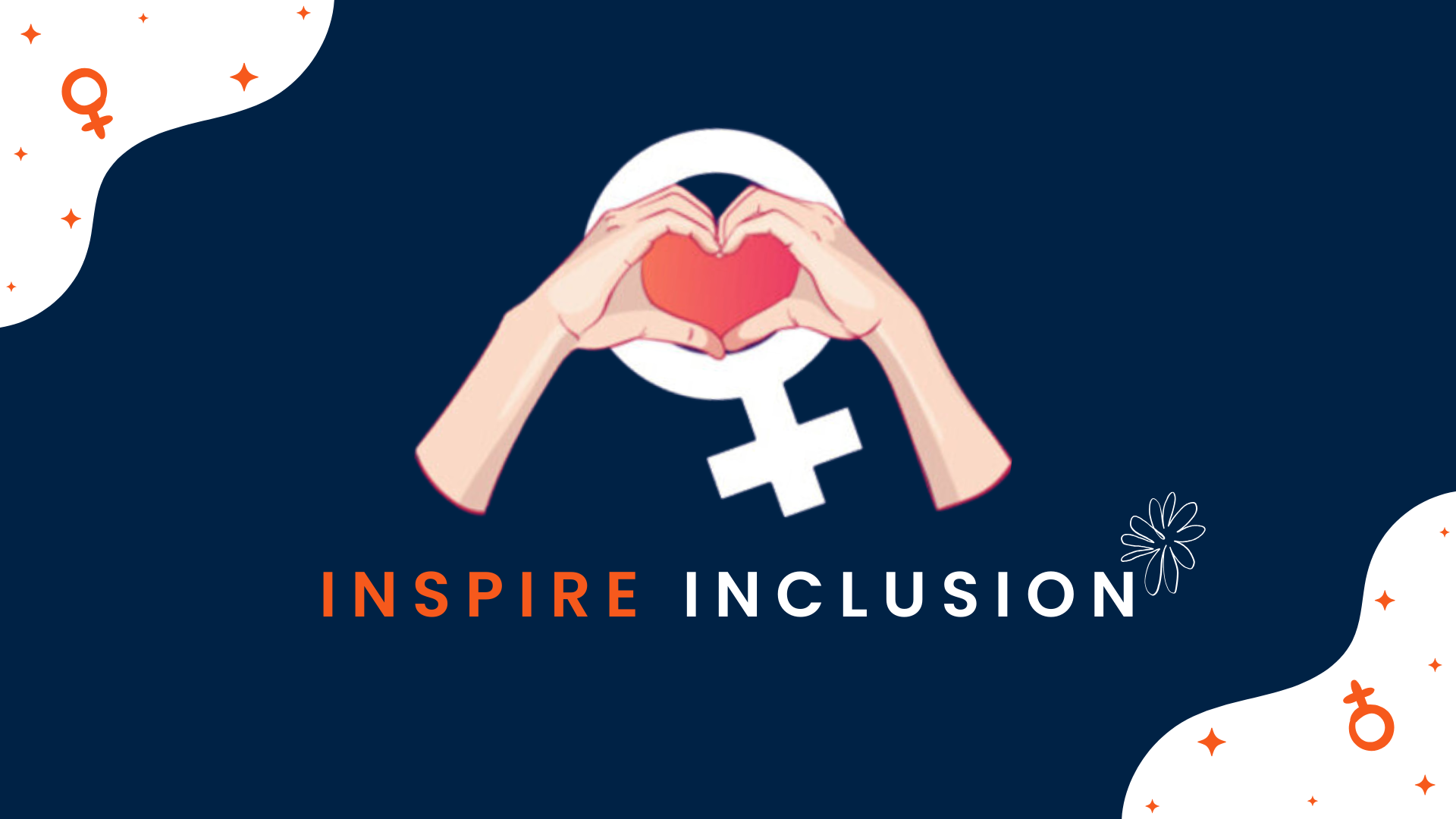Have you heard the phrase that women are “bad at computers/technology”? Is it offensive to women? The answer is, Yes!
Women work side by side, tackle the same business problems, attend the same meetings and walk the same hallways as men. But, women are usually underrepresented in most organisations. And the share of women decreases with each step in the corporate hierarchy. Women encounter many barriers to advancement into corporate positions. It includes gender-based discrimination as well as unconscious gender bias.
But what behaviours or practices fuels the gender bias at your organisation? Let us put light on some of them.
The Practices That Feed Gender Bias At The Workplace
Many workplaces have shown their commitment to gender equality by establishing policies. Nevertheless, this bias continues to impact women at the workplace. Here are some focal points:
Paradox of Power
While women cracked the glass ceiling and attained leadership positions, stereotypical gender beliefs about their “natural” abilities continue to shape perceptions of their job performance.
According to research:
“For women who become bosses, their positions create a paradox of power in a gender system that continues to subordinate women.”
“In taking on positions of authority, they also take on a greater risk of sexual harassment. The power-threat model, suggests that women who threaten men’s dominance are more frequent targets.”
Feeding Fear
In recent years, the #MeToo movement has spread like wildfire. But recent developments had some repercussions.
According to this research, nearly half of male managers were uncomfortable taking part in common workplace activities. For instance, mentoring, socializing, or working alone with a woman. The number who said they were uncomfortable mentoring women rose from 5% to 16% in one year.
The companies “seeking to minimize the risk of sexual harassment or misconduct appear to be simply minimizing contact between female employees and senior male executives.” Instead of creating a culture of respect, companies are just replacing one culture of fear with another.
Without access to beneficial friendships and mentor relationships with executive men, women won’t be able to close the gender gap.
The Issue of Pay Gap
Out of all the countries, only one country has a law that demands salary equality. It was recently passed in 2018. Iceland became the first country to require equal pay for men and women by law. There are certain biases like a larger gap in bonuses and variable pay than in base salary or merit raises. And there is no parameter for deciding these bonuses or pays. There should be formal rules or performance parameters for this as well.
The Disparities In Gender Bias At The Workplace
Gender discrimination can manifest in a multitude of ways in the workplace. It can be easily discernible or subtle. Here are some examples of potential gender biases that an employee might experience in the workplace:
At The Employee Level
‘You won’t want to work on that machine … you might break a fingernail!’
‘You need to man up.’
There are times when men pass sexist comments as a joke which make women uncomfortable. But this should not become commonplace just because they are well acquainted. Men might refer it to as ‘making a mountain of a molehill” but a deeper understanding is required to be ingrained into them. The women co-workers may or may not escalate it to an issue but it could become the possible start of a subtle form of bias or harassment.
At Intra-Department Level
Most of the biases at this level involve making assumptions about suitability for roles and tasks, on the basis of gender. A real-life example includes not giving important assignments to women but to men due to the presence of an invisible bias rooted in their mind. Another example could be not accepting ideas for projects given by women. But when men pitch the same idea, it gets accepted or appreciated. A female employees’ recommendations are simply perceived as “thoughts” or “feelings.” and that of male employees are seen as “business truths”.
At Inter-Department Level
This is the level at which many biases occur and escalates into a serious issue. The key is to eliminate biases at ground level and not let it grow into a hierarchy of inequality. There are many scenarios when only men are assigned to technical departments. And the women are made to settle for non-technical departments. Therefore, a situation of ‘us’ versus ‘them’ is created leading to a hostile environment.
Also, women are always made to plan lunch, host events or head meaningless communities other than their designated work. Men are exempted from these frivolous tasks just because this a “woman’s work” to do.
At Management Level
The “glass ceiling” is a concept used to represent a metaphorical barrier. It prevents women from rising above a certain point of hierarchy in the workplace. For example, in the interview phase, an employer asks female applicants whether they are married, have kids or plan to have in the future. But male applicants are often exempted from these questions.
Also, female managers tend to get less respect from subordinates than their male colleagues. Bias from subordinates can be as undermining to an organization as managerial discrimination.

What To Do For A Gender-Neutral Environment?
Make a Well-Defined Policy
Policies that lay down strict punishments against sexual harassment or gender bias help in reducing such cases.
Ensure PoSH
It is mandatory under the PoSH act to conduct awareness programmers at regular intervals for sensitizing the employees. They should know about the provision of the law and their prescribed rights.
Performance Reinforcement
Companies tend to prioritize and focus on performance. At times, managers may be overconfident in their capacity to make impartial judgments. For they may be unaware of the gender stereotypes they hold. Safeguards are needed to minimize managerial discretion and ensure accountability. Compensation and promotions committees should consider the possibility of unconscious bias. The performance management policy and procedure allows the manager with a high degree of discretion. And this could work against female employees.
Projects Assignment
Leading or participating in important projects increase an employee’s visibility and competitiveness for promotion. Assignments to lower-profile projects are often made selectively by business unit managers. The decision about who should be assigned to a project should not be impacted by stereotypes and unconscious biases.

Workshops and Training
Awareness programs and training modules are important for both male and female employees at the workplace. Setting guidelines against harassment and gender bias not only defines its consequences but also serves as a guide for female employees at the workplace.
At Rainmaker, we are committed to ensuring that companies understand the provisions made under the PoSH law. And, the full scope of its implications to ensure compliance with the law and awareness among employees.
DISCLAIMER – No information contained in this website may be reproduced, transmitted, or copied (other than for the purposes of fair dealing, as defined in the Copyright Act, 1957) without the express written permission of Rainmaker Online Training Solutions Pvt. Ltd.











